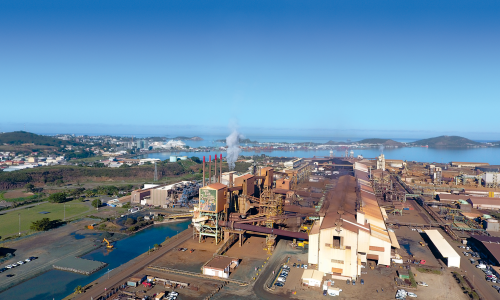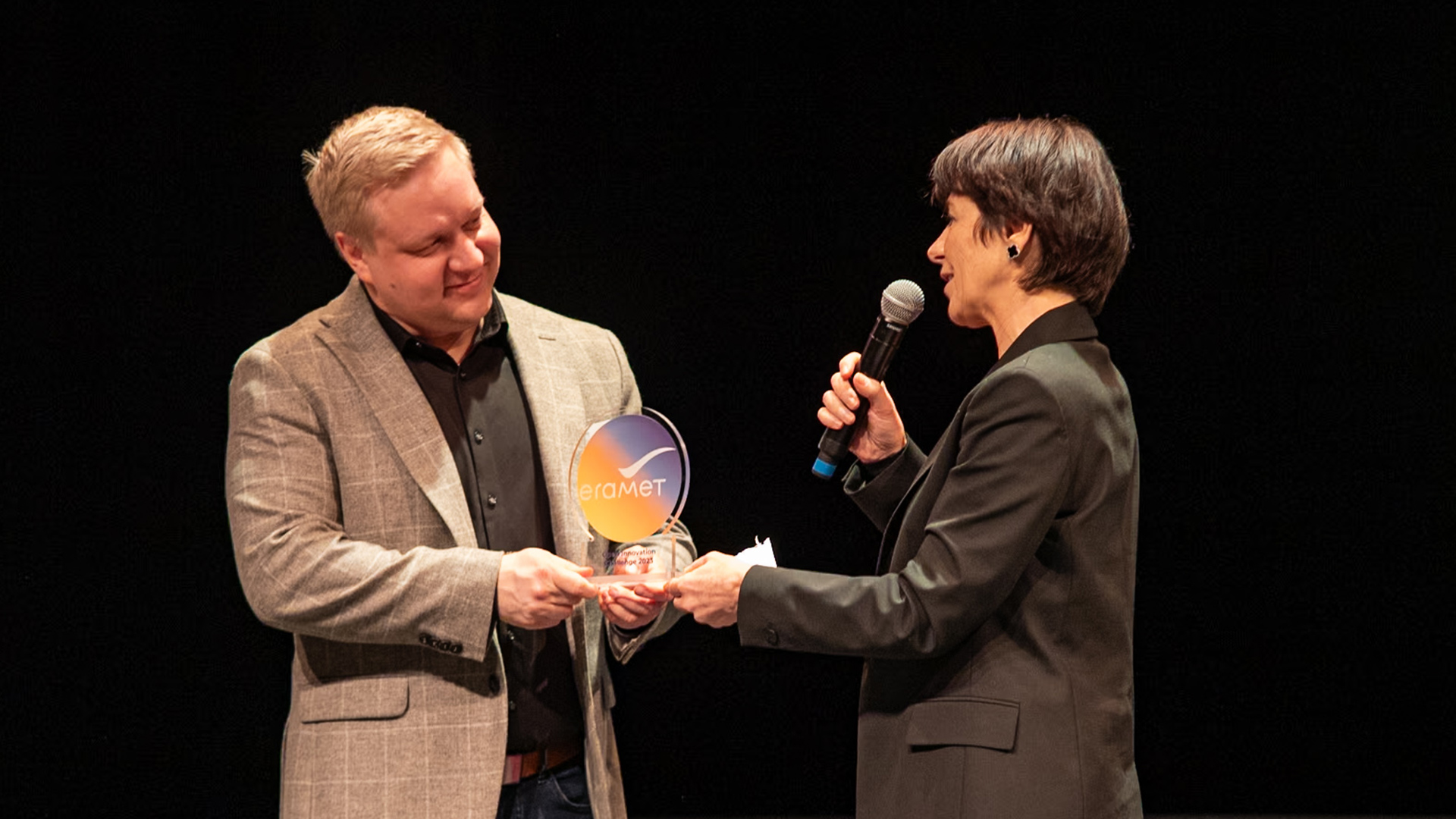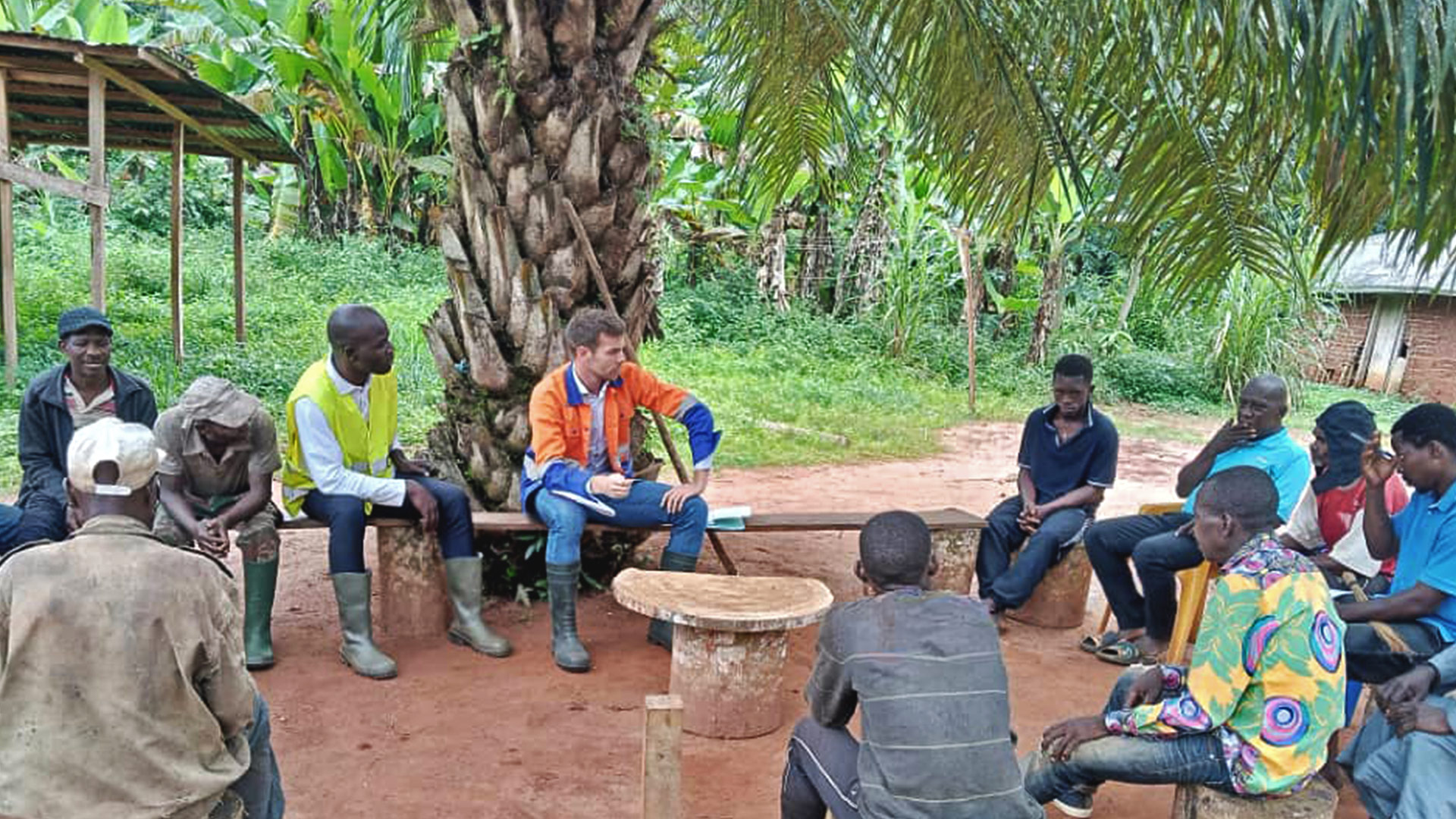Doniambo is SLN’s industrial site located at the entrance to the city of Noumea, New Caledonia. The ore treatment process at this plant produces atmospheric emissions that the company is working to reduce in order to preserve the city and the environment.
In Noumea, New Caledonia, dust emissions from the Doniambo plant can sometimes be seen by local residents, as the plant is located at the entrance to the city. An agreement recently signed with the New Caledonian government reinforces this commitment to reduce atmospheric emissions by 2024-2025 – and while SLN’s approach to controlling emissions is not new, it is constantly being improved.
Filter, recycle, monitor
In the New Caledonian capital, SLN’s main challenge is to control air emissions from the Doniambo plant. “These emissions include several pollutants, in particular dust from the ore and sulfur dioxide,” explains Guilain Blanc, environmental engineer in charge of environmental monitoring at the site. “These emissions can be ‘channeled’, i.e., located in the plant’s stacks, or ‘diffuse’, i.e., due to leaks or dust emissions during ore transport.”
The first action lever: filtration. Two types of filters are used: bag filters, which operate in the traditional way, and electrostatic precipitators, which are live metal plates that magnetize the dust. Each year, 400,000 tons of dust are captured and sent to the dust extrusion workshop. Mixed with water and kneaded, it is transformed into strands that are then returned to the furnaces to be melted down, without generating dust. This method treats 99.8% of the channeled dust.
Another challenge is to reduce the visibility of these emissions, particularly the plumes from the chimneys and the “venting”1 of the furnaces, which is essential for their safety. The commissioning of the third line of the dust extrusion workshop will reduce the plant’s channelled dust emissions and reduce the visibility and probability of occurrence of “venting”, which will be less dusty.
SLN therefore continuously monitors the flow of dust and its concentration in 18 of its chimneys.
With the support of the Stakeholder Management team, the Environment team communicates the results of this self-monitoring to local residents each year as part of the Local Information Committee (CLI).
Key figures:
32% reduction in total dust emissions between 2012 and 2020
– 80% venting since 2012
Continuous improvement
To take this approach even further, SLN is experimenting with new solutions to further reduce its atmospheric emissions.
A solution concerning diffuse dust emissions is currently being deployed: “By feeding the electric smelting furnaces, the calcined ore generates diffuse dust emissions,” explains Guilain Blanc. “The idea is to use suction nozzles to capture these emissions. A pilot project has already been carried out and has shown that the solution works.”
SLN is also a member of the ICG9 (International Competence Group for the industrial environment), which brings together several of the Group’s sites and enables it to capitalize on each other’s techniques and best practices: for example, the benchmarking of filtration and air emission reduction equipment; or the automatic detection of dust plumes via a network of cameras directed at the chimneys and linked to a software, which is currently being deployed.
1 The opening of valves to allow the evacuation of overpressure and to preserve the integrity of the furnaces.





